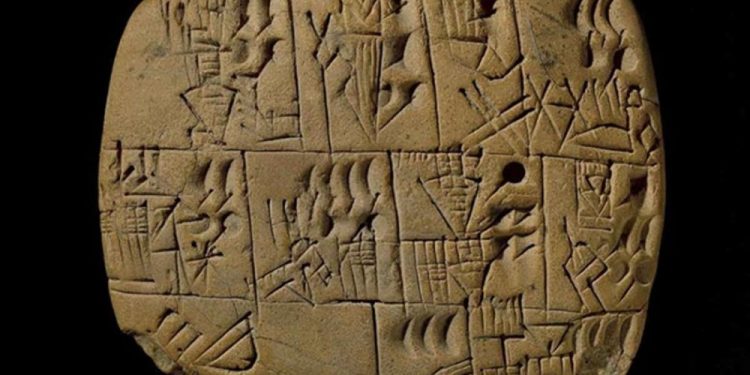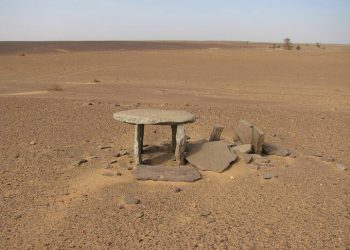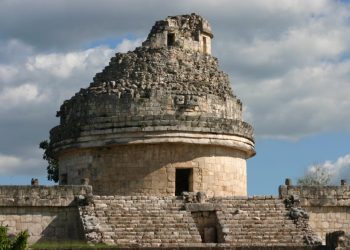We often forget the innovations that changed the world and speeded the wheel of time and technological progress. We already discussed the most important ancient Chinese inventions that we use in our modern world.
Now, we would like to direct your attention to the most significant ancient Mesopotamian inventions and discoveries that changed the world millennia ago.
1. Writing
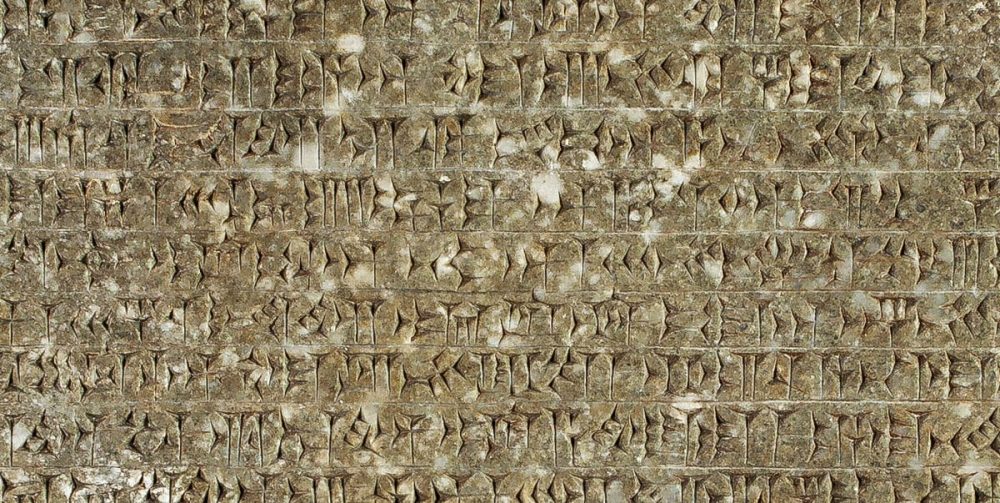
The first writing system was developed in Mesopotamia. This system is called “cuneiform” because of the type of characters the ancient people used.
Like many other ancient Mesopotamian inventions, it was created to aid the various methods of trading. Ancient Sumerians figured out they needed to record the trades they made.
Similarly, it was necessary to set up a communication system that did not require the continuous sending of emissaries.
Initially, the writing system consisted of a symbol for each existing word. As you can tell, this was extremely complicated. According to historians, it would take years to learn all signs if we had access to the complete form of writing.
Later on, they must have decided to simplify it, and thus, it was reduced to 600 characters, which could be mixed to create words.
2. Irrigation
Next, we have another invention that truly changed the lives of people – irrigation. Through this system, they were able to control the flow of water from rivers and use this resource to irrigate crops.
The first irrigation system consisted of a series of ditches that ran from the river to the sown fields. All they relied on for the transportation of water was gravity, thus, the fields were to be placed on lower grounds than the river.
With irrigation, agriculture became possible even in areas where the land was not very fertile and where rainfall was scarce.
3. The wheel
The wheel is a basic means of transmitting and converting rotational motion and is used in virtually the entire modern world, in almost every concept or mechanism. The wooden disk has been known since the 4th millennium BC. in Mesopotamia, and the wreath with spokes – from the II millennium BC.
The first wheels were not designed for transport, but as an aid for systems such as irrigation. The existence of this object led to other inventions, such as transportation.
4. Mathematical concepts
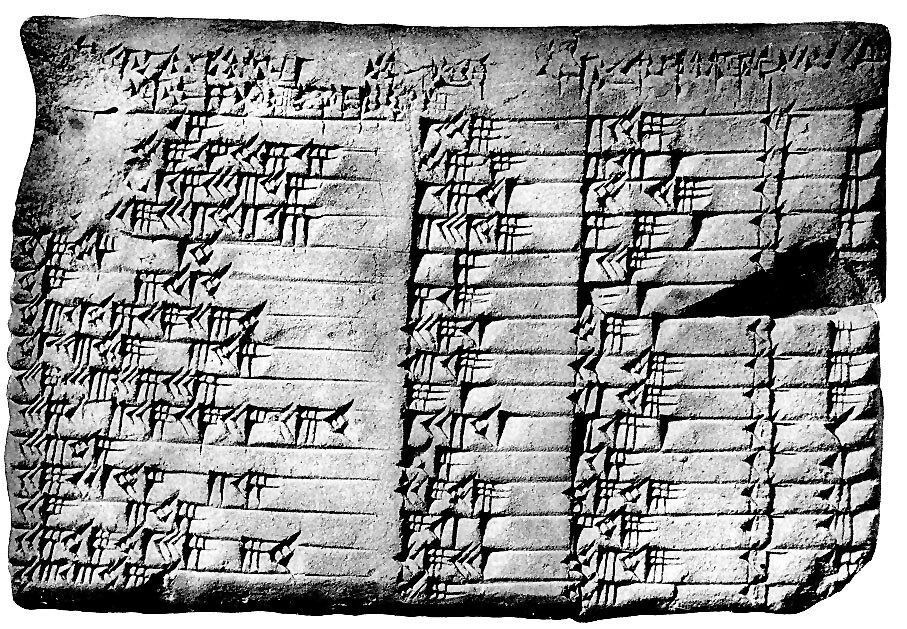
Mesopotamians were the first to develop a digital system. This system was created due to the need to count the goods sold and bought or in other words, to aid the trade. Its existence facilitated commercial transactions.
They also perfected the hexadecimal system (based on 60) developed by the Sumerians. This favors the emergence of other mathematical concepts, such as the division of the circle into 360 ° and the year in 12 months.
It is also believed that the concept of zero (0) was developed in Mesopotamia. However, some scientists claim that the idea of zero originated in India.
5. Means of transportation
The first wagons date from around 3200 BC. This tool was developed as a method of personal transport used in wars, sports, and farms work.
Of course, nothing would be possible without the force of domesticated animals like horses, donkeys, etc. This is why the domestication of animals intensified after the creation of the first wagons.
Over the years, the Mesopotamians perfected the design, so that transportation became an essential element of agriculture and a symbol of wealth (as royal families moved with these vehicles).
6. Sailing
Despite the availability of wagons, land transport was very slow and inefficient. Practically, it still is the slowest transport option.
If the journey was very long, there was a risk that the animals would die of fatigue, generating material losses. In this way, water transport emerged as a much more feasible and convenient alternative.
The first boats were created to be used in rivers. They were shaped like a square and consisted of a candle. The direction could not be changed, so it was at the mercy of the wind when these rafts were used. Honestly, I cannot imagine transporting goods or animals on these ancient boats.
These first ships sailed on the Tigris and Euphrates to explore certain areas and fish in areas where possible. The design was subsequently refined and improved.
7. Time
The concept of time and its division is perhaps one of the most important ancient Mesopotamian inventions. At some point, they began to rely on the Sumerian hexadecimal system to create 60-minute hours and 60-second minutes.
The number 60 was chosen because it was the result obtained by dividing 360 ° by the circumference of 6. It seems like quite the twisted logic but apparently, someone was a genius.
8. Maps

The oldest maps were found in Mesopotamia and date from 2300 BC. These are simple sketches that are made on clay tiles with a stiletto and show the region of Akkad (modern-day Northern Iraq).
Mesopotamian maps laid the foundations for the development of cartography – a discipline that was practiced and perfected by the Greeks and Romans.
9. The study of the stars
Mesopotamian civilization was one of the first to link the movement of celestial bodies to the events that took place on Earth. This means that astrology was invented there.
Ancient scientists observed the location of the planets and advised politicians or royalties for their decisions.
They also drew celestial maps representing the movement of the Sun, stars, and moon to predict eclipses.



